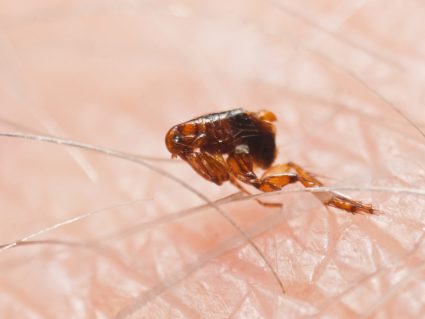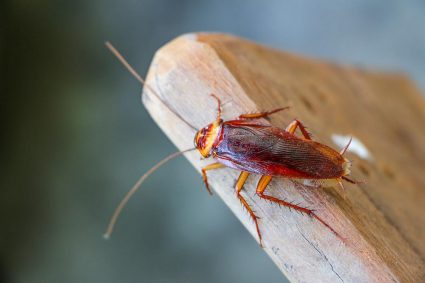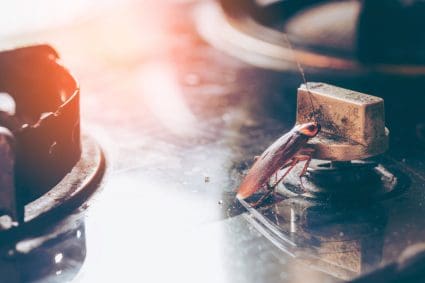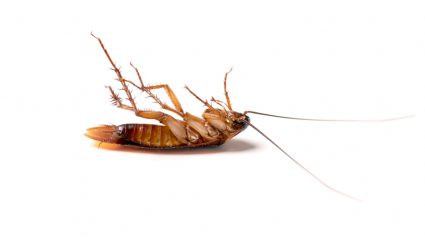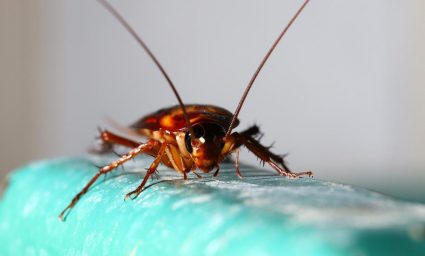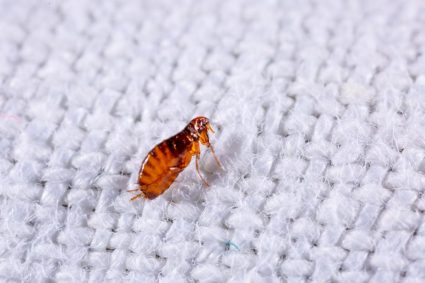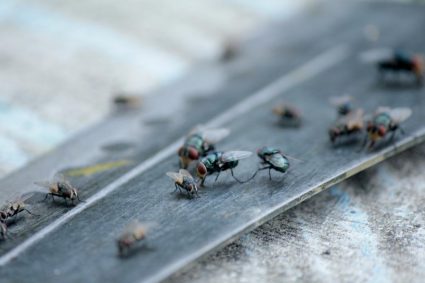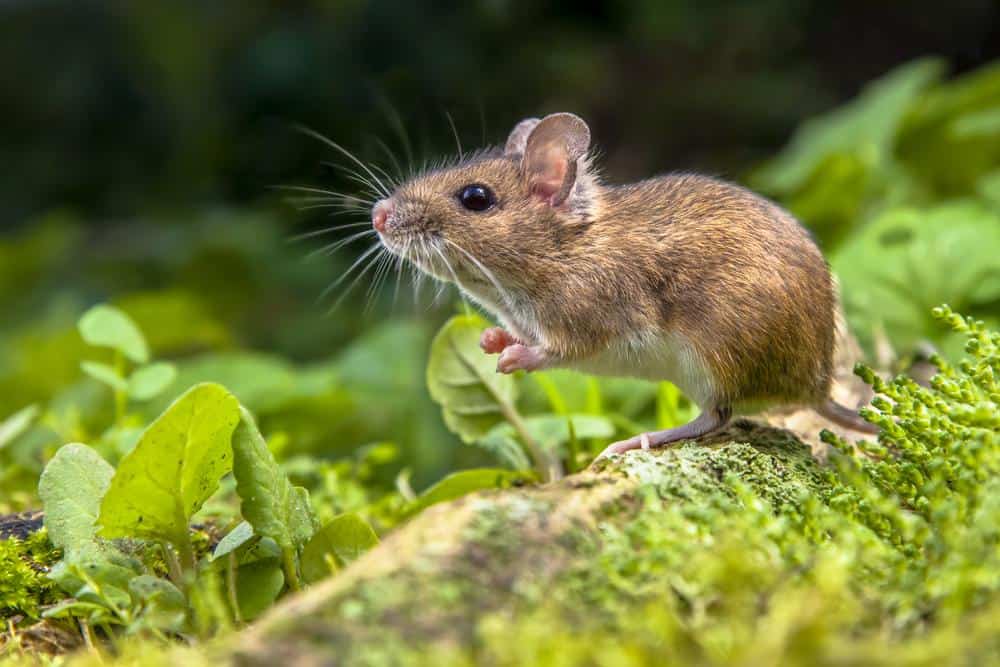
When it comes to dealing with a pesky mouse that seems to outsmart traditional traps, it can be incredibly frustrating. However, it’s important to remember that mice are intelligent and cautious creatures. They have a keen sense of smell, are quick learners, and naturally wary of new objects in their environment, which can make them difficult to catch. But don’t worry, we’ve got you covered. In this comprehensive guide, we’ll explore some proven strategies on how to catch a mouse that avoids traps.
Catching a mouse that avoids traps requires understanding the mouse’s behavior, choosing the right trap and bait, and setting the trap correctly. If traditional traps aren’t working, consider using electronic or live traps. Bait the trap with appealing food like peanut butter or hazelnut spread. Always wear gloves when handling traps to prevent your scent from deterring the mouse. Place traps along walls or in concealed areas where there are signs of mouse activity. If all else fails, seek professional help.
Understanding Mouse Behavior
Before you can effectively catch a mouse, it’s helpful to understand their behavior. Mice have a strong sense of smell that allows them to detect human scent on traps, which may deter them from approaching. They prefer to travel along walls and edges, so placing traps in these areas can increase your chances of catching them. Mice are also always on high alert, which allows some of them to avoid snap traps by reacting quickly when the trap springs. Furthermore, they can learn to avoid traps over time. To overcome these challenges, it’s crucial to use different types of traps, use gloves when handling traps, and be patient.
Signs of a Mouse Infestation
Before you start setting traps, it’s essential to confirm that you have a mouse infestation. Common signs include small, pointed droppings, a strong musky odor, gnaw marks on various materials, greasy marks on walls or skirting boards, distinctive tracks or runways, nests made from shredded materials, scratching noises, and unusual pet behavior.
Choosing the Right Trap and Bait
There are several types of traps available, including snap traps, electronic traps, and live traps. If traditional snap traps aren’t working, consider trying different types of traps. Electronic traps deliver a high-voltage shock to the mouse, killing it instantly, and live traps capture mice without harming them.
When it comes to bait, mice are primarily attracted to nut and seed-based foods, such as peanut butter or hazelnut spread. They are also enticed by chocolate and high-calorie foods. However, if peanut butter is not working, you can try other bait options, such as candy or gumdrops, wet pet food, cooked or raw meats, cheese, and marshmallows. Remember to use only a small amount of bait (pea-sized) to ensure the mouse triggers the trap while attempting to eat it.
Setting Up the Trap
When setting up mouse traps, it’s crucial to consider some safety measures to protect yourself, your family, and pets. Always wear gloves when handling mouse trap bait and setting mouse traps. Place traps in concealed areas, such as behind cabinets or the stove, or in areas with less human traffic. Set several traps every 2 to 3 feet along the wall where there are signs of activity. Also, keep traps away from children and pets, and check traps daily.
Modifying the Environment
Making your environment less hospitable to mice can make your traps more tempting. Remove food sources, maintain cleanliness, reduce indoor moisture, seal off entry points, and use natural repellents. Also, place multiple traps in strategic locations around your home to increase the chances of catching mice.
When to Seek Professional Help
If your efforts to catch mice are unsuccessful, consider contacting a professional pest control service. Professionals have extensive knowledge and experience in dealing with mice infestations. They can identify hiding places, pathways, and entry points more effectively, use a variety of trapping methods, and implement preventive measures to avoid future infestations.
In conclusion, catching a mouse that avoids traps requires understanding mouse behavior, choosing the right trap and bait, setting up the trap correctly, modifying the environment, and seeking professional help when necessary. With patience and persistence, you can increase your chances of catching mice that avoid traps.
Frequently Asked Questions
How often should I change the bait in the mouse trap?
You should change the bait in a mouse trap every two days. If the bait is not attracting mice or has dried out, it’s time to replace it. Fresh bait is more enticing to mice.
Are there any natural or home remedies to get rid of mice?
Yes, there are several natural remedies that can help deter mice. These include peppermint oil, mothballs, and ammonia. However, their effectiveness varies and they are not as reliable as traps or professional pest control services.
What should I do with a mouse once it’s caught in a live trap?
If you’ve caught a mouse in a live trap, it’s important to release it as far away from your home as possible, preferably over 1 mile away. Ensure you check local regulations as some areas have specific rules about releasing pests.
Can I reuse a mouse trap?
Yes, mouse traps can be reused. However, you should clean them thoroughly before reusing to remove any scent of previous catches which may deter other mice.
Is it possible for a mouse to escape a trap?
Yes, it’s possible for a mouse to escape a trap, particularly if the trap is not set properly or if the mouse is not fully caught. This is why it’s important to check traps regularly and ensure they are in good working order.

